Philanthropy briefs by topic
Breaking down complex issues: Philanthropy briefs offer concise, thoughtfully crafted primers on pressing climate issues, each distilled from 40 hours of in-depth analysis into a two-page read. Designed to unpack complex topics, they introduce key challenges, solutions, and essential considerations, providing a quick yet substantial exploration of each issue along with clear recommendations.
Buildings series
Buildings play a pivotal role in the fight against the climate crisis, making them a critical focus for climate action. The buildings sector consumes more resources than any other sector, accounting for nearly one-quarter of global greenhouse gas emissions. Our dedicated series explores essential insights and philanthropic opportunities to drive transformative change within this sector.
Buildings (introductory brief)
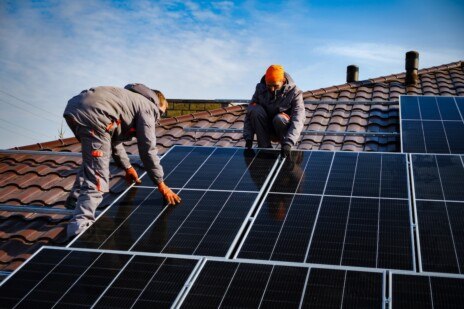
Buildings are essential in people’s daily lives as they are used for housing, work, leisure, or storage. Simultaneously, large amounts of energy and resources are used for constructing and running them.
Here is how philanthropy can address these challenges to foster a more sustainable buildings sector:
Philanthropy Brief: BuildingsBuilding sufficiency
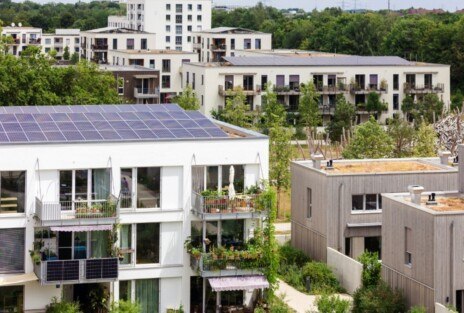
Sufficiency focuses on reducing resource demand at the source and creating alternatives to overconsumption. In the buildings sector, sufficiency calls for a change in how buildings are planned, built, and utilised.
Here is how philanthropy can embrace this concept to curtail the climate impact of the buildings sector:
Philanthropy Brief: Building sufficiencyConcrete

Concrete is the world’s most widely used building material, valued for its versatility and strength. However, its production is a major contributor to global greenhouse gas emissions. Supporting the shift to a cleaner production of concrete as well as rethinking how it is used are essential steps towards making buildings more sustainable.
How can funders help drive this transformation and promote sustainability in the buildings sector?
Steel
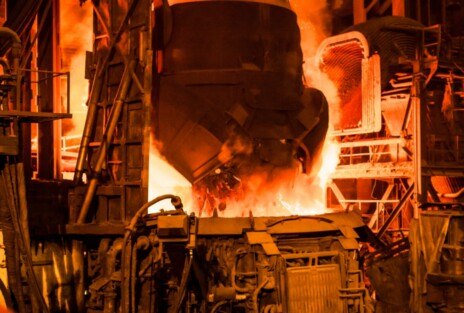
Since the industrial revolution, steel has been integral to the development of buildings. However, its production is a major contributor to greenhouse gas emissions and climate change. Decarbonising the buildings sector requires innovative strategies and a fundamental shift in how steel is produced and utilised in construction.
Here is how philanthropy can support this shift:
Philanthropy Brief: SteelAgriculture and forestry series
Agriculture is essential for feeding a growing global population, while forestry plays a crucial role in maintaining ecological balance. However, agriculture alone accounts for nearly a quarter of global greenhouse gas emissions, underscoring the need for transformative practices to reach net-zero targets. This series explores the key challenges and highlights how innovative solutions, and philanthropic opportunities can foster sustainability in these essential sectors.
Peatlands
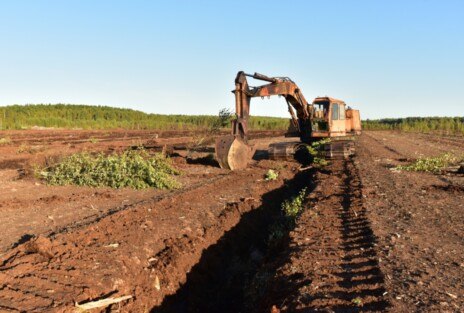
Peatlands are crucial allies in the fight against climate change, but drainage for agriculture, forestry and peat extraction is turning them from carbon sinks into carbon sources. Understanding how the preservation and restoration of peatlands can be supported is therefore critical.
Here is how funders can take action:
Philanthropy Brief: PeatlandsNitrogen fertiliser
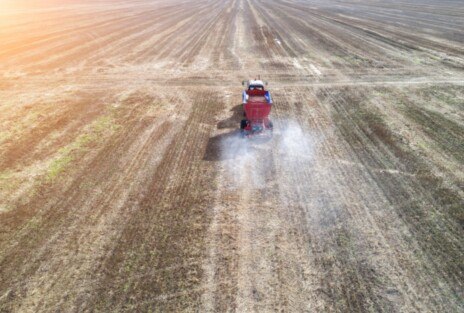
Nitrogen fertilisers are a cornerstone of modern agricultural systems, as they enabled societies to double food production per acre. However, their production and use pose a significant challenge to the climate.
Here is how philanthropy can mitigate their climate impact without compromising food security:
Philanthropy Brief: Nitrogen FertiliserLivestock
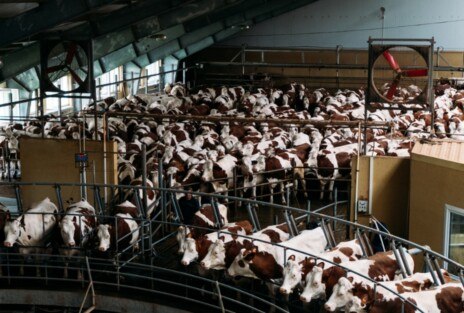
Livestock represents a significant share of global agricultural value and supports the livelihoods of over a billion people. However, it accounts for more than 15% of global greenhouse gas emissions.
Here is how philanthropy can address the climate impact of livestock:
Philanthropy Brief: LivestockForests

Forests are a crucial nature-based solution in the fight against the climate crisis, as they act as natural carbon sinks that absorb vast amounts of CO2 from the atmosphere.
Here is how philanthropy can leverage forests’ enormous potential:
Philanthropy Brief: Forests

Get in touch
If you’re interested in delving deeper into specific topics, we’re here to assist you as part of our tailored advisory services. For more details, please reach out to Louis Wilß.
Email: wilss@activephilanthropy.org